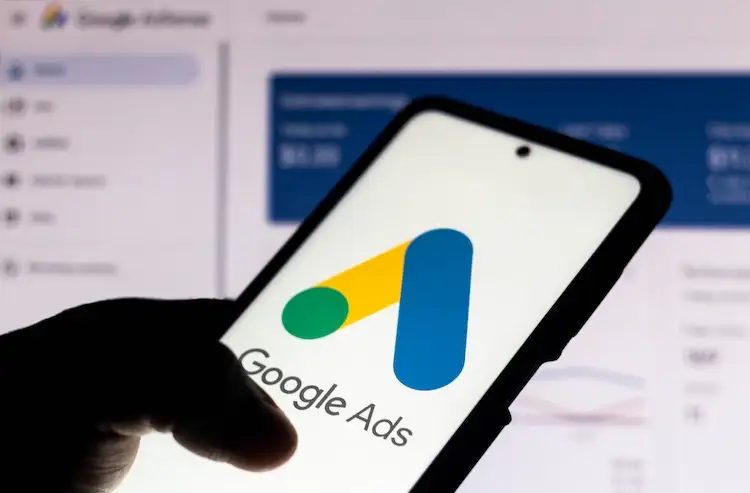Last Updated on August 6, 2024
Pay-per-click (PPC) advertising, a cornerstone of digital marketing, operates on a simple yet powerful premise: advertisers pay a fee each time one of their ads is clicked. Essentially, it’s a way of buying visits to your site instead of earning those visits organically. PPC advertising is most commonly associated with search engine advertising, where ads appear alongside search results on platforms like Google and Bing, and advertisers bid on keywords relevant to their target market. However, PPC also extends to social media platforms where ads are displayed to users based on their profile data, interests, and online behavior.
This model offers a unique advantage – it aligns the advertisement’s visibility with the searcher’s active intent. Whether it’s a product, a service, or an information inquiry, PPC ads can deliver targeted website traffic, providing a significant opportunity for conversion.
Importance of staying updated with PPC trends in 2024
As we venture deeper into 2024, the digital advertising landscape continues to evolve rapidly. Staying abreast of the latest PPC trends is not just beneficial but crucial for marketers and businesses aiming to maintain a competitive edge. The dynamic nature of online consumer behavior and technological advancements make it essential to constantly adapt and refine PPC strategies.
In an era where digital footprints are expanding, and consumer attention is a prized asset, understanding and leveraging current trends in PPC can be the difference between a successful campaign and a missed opportunity. From automation to personalization, the trends shaping PPC in 2024 are geared towards enhancing efficiency, targeting accuracy, and overall campaign effectiveness, ultimately leading to higher ROI.
In this article, we’ll explore key PPC trends for 2024, including:
- Automation and AI in PPC
- Voice Search and Mobile Optimization
- Video and Visual-Based Ads
- Localized and Personalized Advertising
- New Platforms and Technologies
- Data-Driven Strategies
- Budgeting and Cost Management
- Challenges and Solutions
- Future Trends and Continuous Learning
Emerging PPC Trends in 2024
- Automation and AI in PPC
2024 marks a significant leap in integrating Automation and Artificial Intelligence (AI) in PPC campaigns. These technologies are revolutionizing how marketers create, manage, and optimize ads. Automation tools increasingly handle repetitive tasks, such as bid adjustments and A/B testing, freeing up time for strategic planning. AI, on the other hand, is providing deeper insights into consumer behavior, enabling the creation of more targeted and effective campaigns.
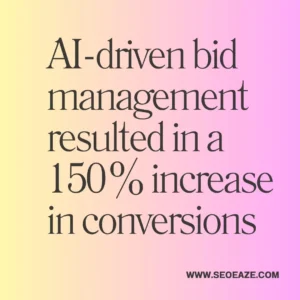
AI algorithms can analyze vast amounts of data, predicting trends and identifying optimal keywords and bidding strategies. This leads to more efficient spending and higher conversion rates. Furthermore, AI-powered tools enhance ad personalization, delivering content that resonates with individual preferences and behaviors.
According to a HubSpot, 75% of PPC professionals plan to increase their use of AI and automation tools in 2024, with an expected ROI improvement of 30% on average.
Case Study: Here’s a real-life example of implementing AI-driven bid management, resulted in a 150% increase in conversions while reducing cost per acquisition by 25%.
- Increased Focus on Voice Search and Mobile Optimization
The surge in mobile usage and voice search technology has ushered in a transformative era for PPC in 2024. With more people using smartphones and voice assistants for online searches, PPC strategies are increasingly focusing on optimizing for voice search queries and mobile-friendly formats. Voice searches typically involve longer, more conversational phrases, requiring a shift in keyword strategy to accommodate these natural language queries.
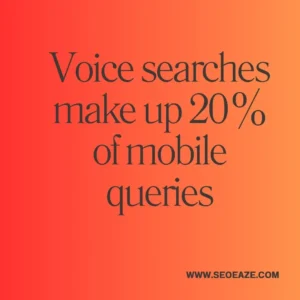
Mobile optimization is crucial, as mobile users expect fast, easy-to-navigate websites. This includes optimizing ad formats for mobile screens and ensuring landing pages are mobile-responsive. Advertisers are leveraging location-based targeting more effectively, as mobile users often search for nearby products and services.
Google reports that over 50% of searches are now conducted on mobile devices, with voice searches making up 20% of mobile queries.
- Shift Toward Video and Visual-Based Ads
In 2024, the PPC landscape is witnessing a significant shift towards video and visual-based ads. With the increasing consumption of video content across various platforms, advertisers are tapping into this trend to capture user attention. Video ads offer a dynamic and engaging way to showcase products and services, often leading to higher engagement rates than text-based ads.
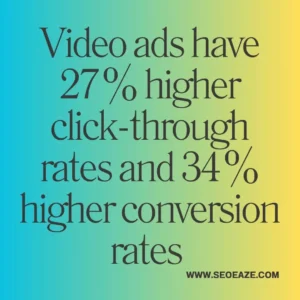
Visual-based ads, including interactive banners and rich media, are also gaining traction. These formats leverage high-quality graphics and interactive elements to create immersive ad experiences. The effectiveness of visual storytelling in these ads helps in conveying complex messages quickly and effectively, making them particularly suitable for mobile users who prefer concise and visually appealing content.
A study by HubSpot found that video ads have 27% higher click-through rates and 34% higher conversion rates compared to static ads.
- Growing Importance of Localized and Personalized Ads
Localized and personalized advertising is becoming increasingly important in PPC campaigns in 2024. Advertisers recognize the value of tailoring their messages to specific geographic locations and individual user preferences. Localized ads, which cater to the interests and needs of a local audience, are essential for businesses targeting specific regions or communities.
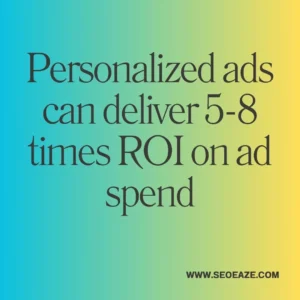
Personalization takes this further by customizing ads based on user data such as browsing history, past purchases, and demographic information. This level of customization ensures that the ads are highly relevant to each user, increasing the likelihood of engagement and conversion.
A research by McKinsey shows that personalized ads can deliver 5-8 times the ROI on ad spend compared to non-personalized ads.
Adapting to New Platforms and Technologies
- Exploring New Social Media Platforms for PPC
In 2024, the PPC landscape is evolving with the emergence of new social media platforms. As these platforms attract diverse audiences, advertisers are exploring them to tap into new markets and demographics. Each platform offers unique ad formats and targeting capabilities, allowing for creative and tailored ad campaigns.
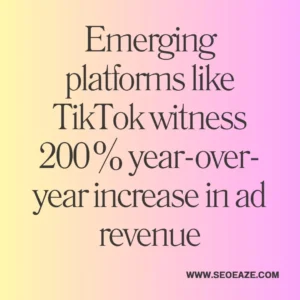
Marketers are also leveraging these platforms’ specific algorithms and engagement metrics to optimize ad performance. Understanding the nuances of each platform’s user base and content style is crucial for creating effective PPC campaigns that resonate with the audience.
It is found that emerging platforms like TikTok and Pinterest are seeing a 200% year-over-year increase in ad revenue, indicating a shift in advertiser focus.
- Leveraging Augmented Reality (AR) and Virtual Reality (VR) in Ads
Augmented Reality (AR) and Virtual Reality (VR) are redefining the boundaries of PPC advertising in 2024. These technologies offer immersive experiences that engage users more profoundly than traditional ads. AR ads allow users to visualize products in their environment, enhancing the shopping experience and aiding decision-making.
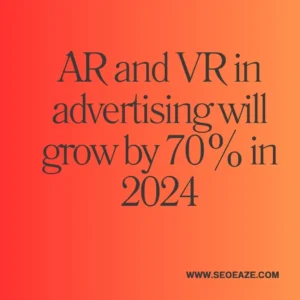
VR ads, on the other hand, transport users to virtual worlds, offering a fully immersive experience. This is particularly effective for industries like travel and real estate, where experiencing a location virtually can significantly influence purchasing decisions.
It is predicted that AR and VR in advertising will grow by 70% in 2024, with a projected market value of $2.4 billion.
- Incorporating Chatbots and AI for Interactive Ads
Chatbots and AI in PPC campaigns are becoming increasingly prevalent in 2024. These technologies enable a level of interactivity and personalization previously unattainable in traditional ad formats. Chatbots, integrated within ads, can interact with users in real-time, providing personalized recommendations, answering queries, and even assisting in the purchase process.
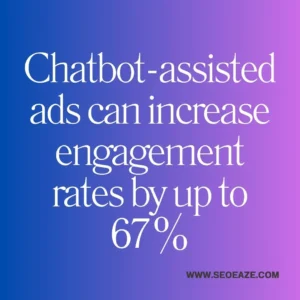
AI is crucial in optimizing these interactions, learning from user responses to refine the chatbot’s future interactions. Using chatbots and AI in PPC ads transforms them from static messages into dynamic conversations, creating a more engaging and personalized experience for the user.
Chatbot-assisted ads can increase engagement rates by up to 67% and improve conversion rates by 70%.
Data-Driven PPC Strategies
- Importance of Big Data in PPC Campaigns
In 2024, Big Data is playing a pivotal role in shaping PPC campaigns. The vast amount of data available allows advertisers to gain deep insights into consumer behavior, preferences, and trends. By analyzing this data, marketers can make informed decisions about their PPC strategies, leading to more targeted and effective campaigns.
Big Data enables the identification of patterns and correlations in user behavior, which can be leveraged to optimize ad targeting, bidding, and content. Moreover, predictive analytics, a component of Big Data, helps forecast future trends and consumer responses, allowing for proactive campaign adjustments.
- Advanced Audience Targeting Techniques
Advanced audience targeting has become a cornerstone of effective PPC strategies in 2024. Leveraging data analytics, advertisers can segment audiences more precisely than ever before. This involves not just demographic targeting, but also behavioral, psychographic, and intent-based targeting.
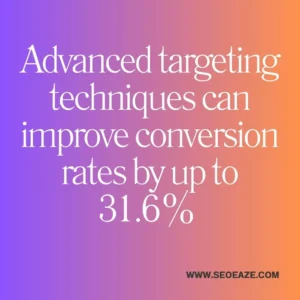
Using lookalike audiences, modeled on existing customers, enables advertisers to reach new users who are likely to be interested in their products or services. Remarketing strategies have also evolved, allowing for more nuanced targeting based on users’ past interactions with the brand.
Marketing analytics shows that advanced targeting techniques can improve conversion rates by up to 31.6% compared to traditional demographic targeting.
- Conversion Rate Optimization Strategies
Conversion Rate Optimization (CRO) strategies in PPC are crucial for turning clicks into valuable actions, such as sales or leads. In 2024, CRO involves a holistic approach, encompassing everything from ad copy and design to landing page optimization. A/B testing remains a key tool, allowing advertisers to compare different elements of their campaigns to determine what resonates best with their audience.
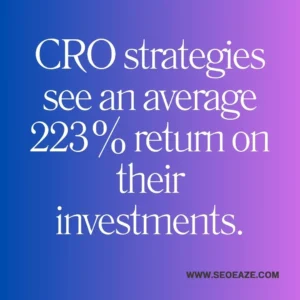
Understanding user behavior on landing pages through heatmaps and analytics is vital for identifying and removing barriers to conversion. Personalizing landing pages to match the ad content and the user’s interests significantly increases the likelihood of conversion.
CRO Industry Benchmark Report shows that businesses actively implementing CRO strategies see an average 223% return on their investments.
PPC Budgeting and Cost Management
- Efficient Budget Allocation Techniques
Efficient budget allocation is essential for maximizing the returns of PPC campaigns in 2024. This involves allocating more funds to high-performing campaigns and keywords while reducing spend on underperforming areas. Using automated bidding strategies powered by AI helps dynamically adjust bids based on campaign performance and predefined objectives.
Advertisers are also utilizing portfolio bidding, where budgets are managed across a group of campaigns, allowing for more flexibility and optimization based on overall performance. Seasonal trends and market changes are considered, ensuring the budget is allocated effectively throughout the year.
- Understanding the Impact of Rising Ad Costs
The rising costs of ads in 2024 pose a significant challenge for PPC advertisers. This trend is driven by increased competition and changes in consumer behavior. Advertisers must understand the factors contributing to these costs and adapt their strategies accordingly.
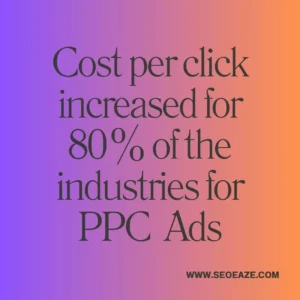
Focusing on quality score, which affects cost-per-click, is more important than ever. A higher quality score, achieved through relevant ads and optimized landing pages, can lead to lower costs and better ad placement. Additionally, exploring alternative ad platforms and less competitive keywords can offer more cost-effective opportunities.
Cost per click increased for 80% of the industries for PPC ad costs across all Google platforms in 2024.
- ROI Optimization Strategies
Optimizing Return on Investment (ROI) is a critical focus for PPC campaigns in 2024. This involves not just managing costs but also maximizing the value generated from each campaign. Conversion tracking is essential, as it provides insights into which aspects of the campaign are driving results.
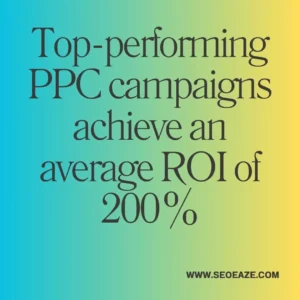
Improving ad relevance and user experience is also key in ROI optimization. This means creating ads that are closely aligned with user intent and providing a seamless post-click experience. Continuous testing and refinement of ad copy, targeting, and landing pages are necessary to enhance campaign performance and ROI.
Market study indicates that top-performing PPC campaigns achieve an average ROI of 200%, with some industries seeing even higher returns.
Challenges and Solutions in PPC
- Navigating Privacy Regulations and Data Restrictions
In 2024, navigating privacy regulations and data restrictions is a significant challenge for PPC advertisers. With increasing concerns over data privacy and the implementation of stringent laws like GDPR and CCPA, advertisers must ensure their PPC practices are compliant.
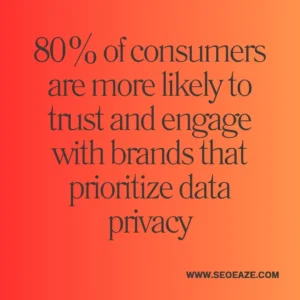
Adapting to these regulations requires a shift towards more privacy-focused targeting methods, such as contextual targeting, which doesn’t rely on personal data. Advertisers are also exploring first-party data sources, such as customer relationship management (CRM) systems, to gather insights while respecting user privacy.
Google report shows that 80% of consumers are more likely to trust and engage with brands that prioritize data privacy.
- Overcoming Ad Fatigue and Viewer Blindness
Ad fatigue and viewer blindness are prevalent challenges in PPC in 2024. Consumers, bombarded with numerous ads daily, often become desensitized, reducing engagement. To combat this, advertisers must focus on creative and fresh content. Regularly updating ad creatives and experimenting with new formats can help capture the audience’s attention and prevent ad fatigue.
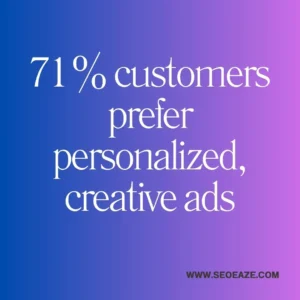
Personalization also plays a critical role in combating viewer blindness. By tailoring ads to the individual’s interests and behaviors, advertisers can increase relevance and engagement. Additionally, diversifying ad placements and exploring less saturated channels can help reach the audience in a less competitive space.
Ad Engagement Study reports that 71% customers prefer personalized, creative ads. It can increase engagement rates by up to 50% compared to generic ads.
- Solutions for Common PPC Challenges
Addressing common PPC challenges in 2024 requires a combination of strategic planning and innovative thinking. For issues like low click-through rates (CTR), optimizing ad copy and using strong call-to-actions (CTAs) can make a significant difference. A/B testing is crucial to determine what resonates best with the target audience.
For campaigns with low conversion rates, refining landing pages to ensure they are aligned with the ad’s message and providing a seamless user experience is key. Retargeting strategies can also help capture potential customers who have shown interest but haven’t converted yet.
Preparing for the Future
- Anticipating Future Trends Beyond 2024
Looking beyond 2024, anticipating future trends in PPC is vital for long-term success. This includes staying informed about emerging technologies, such as AI and machine learning advancements, which are likely to continue shaping the PPC landscape. Additionally, understanding shifts in consumer behavior and preferences will be crucial for adapting strategies accordingly.
Marketers should also monitor regulatory changes and their impact on digital advertising. By being proactive and forward-thinking, advertisers can prepare for future trends and changes, ensuring their PPC strategies remain effective and relevant in the evolving digital landscape.
- Continuous Learning and Adaptation in PPC
The key to success in PPC is continuous learning and adaptation. As the digital marketing environment is ever-changing, staying informed and agile is crucial. This involves regularly updating skills, exploring new tools and platforms, and being open to experimenting with novel approaches.
Networking with industry professionals and participating in digital marketing forums and conferences can provide valuable insights and keep advertisers abreast of the latest trends. Embracing a culture of continuous learning and adaptation ensures that PPC strategies remain innovative, responsive to market changes, and ultimately successful in achieving business objectives.
Conclusion
In conclusion, PPC advertising in 2024 is a dynamic and multifaceted field, shaped by technological advancements, evolving consumer behaviors, and the need for strategic adaptation. From leveraging AI and emerging social media platforms to optimizing for voice search and embracing data-driven strategies, innovation and agility are the keys to success in PPC. As advertisers navigate challenges and capitalize on new opportunities, the focus must always be on delivering

